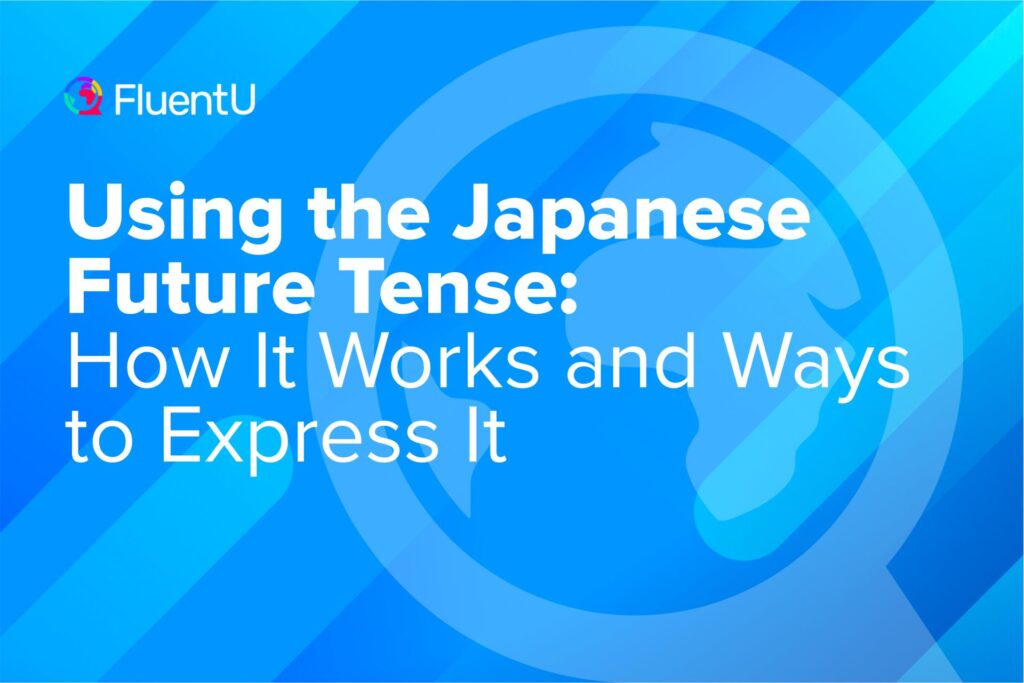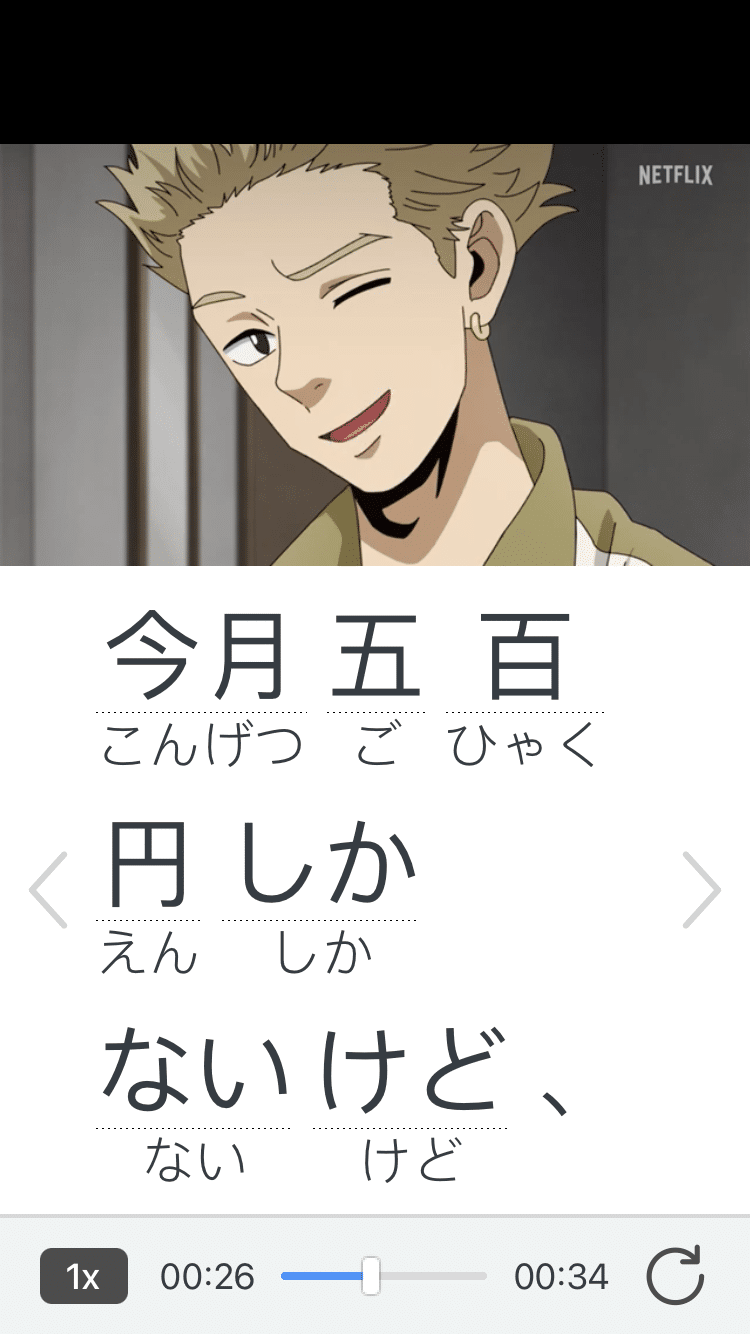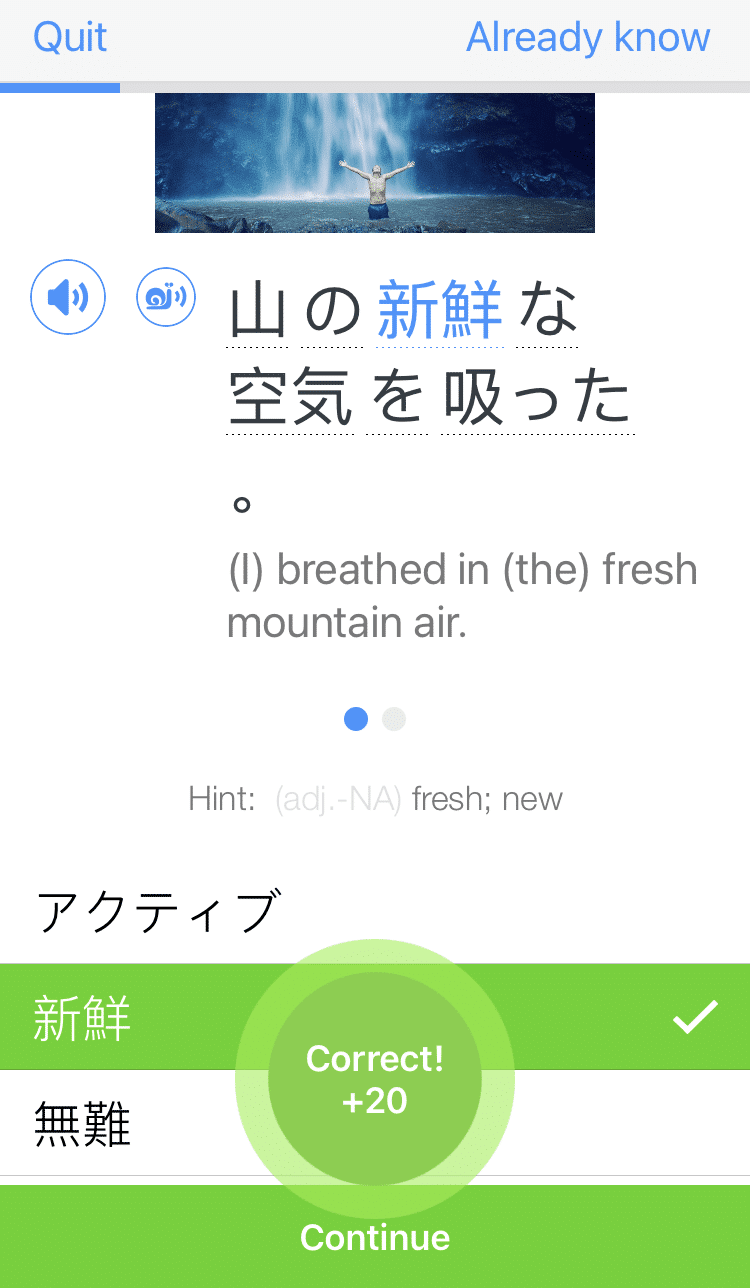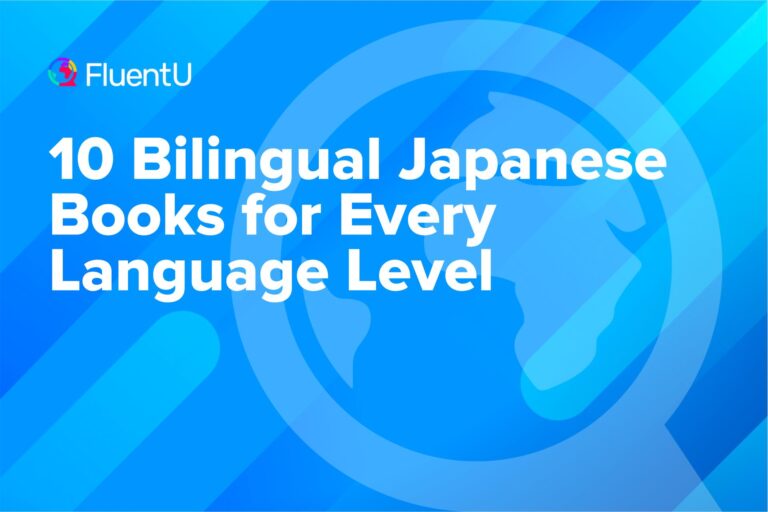Using the Japanese Future Tense: How It Works and Ways to Express It

Maybe you’ve heard that there’s no Japanese future tense at all. But even though there is no future tense like there is in English, there are plenty of different ways you can express the future in Japanese.
The Japanese future is implied through context, with time words or specific grammar constructions. Let’s go over the details for discussing events that will happen in the future.
Download: This blog post is available as a convenient and portable PDF that you can take anywhere. Click here to get a copy. (Download)
Forming the Japanese Future with Context
Forming a future tense sentence via context means creating a sentence that implies that its action is set in the future.
Let’s take a look at some examples, first using formal and then informal speech.:
このシャツは綺麗なので、買います。
(この しゃつは きれい なので、かいます。)
This shirt is pretty so I’ll buy it.
You’re either buying something right now or you’ll buy it in the future (or you bought it already, but the past is irrelevant here since it has a clear form).
And so, through context, we can deduce that this sentence is using the future tense!
十分なお金があれば、フランスへ旅行します。
(じゅうぶんな おかねが あれば、ふらんすへ りょこうします。)
If I have enough money, I’ll travel to France.
Once again, this sentence implies your future intentions.
彼女に告白します。
(かのじょに こくはく します。)
I’ll confess my love to her.
You can’t say this sentence could be translated in the present tense this time. Would you seriously be talking to a different person while you confess your love to a girl?
僕は俳優になります。
(ぼくは はいゆうに なります。)
I’ll become an actor.
You can’t become something instantly. This one’s definitely in the future tense!
Let’s move on to the informal talk. This time, we’ll be using the same examples as we used in the formal part, just so we don’t create confusion.
このシャツは綺麗なので、買う。
(この しゃつは きれい なので、かう。)
This shirt is pretty so I’ll buy it.
十分なお金があれば、フランスへ旅行する。
(じゅうぶんな おかねが あれば、ふらんすへ りょこうする。)
If I have enough money, I’ll travel to France.
彼女に告白する。
(かのじょに こくはく する。)
I’ll confess my love to her.
僕は俳優になる。
(ぼくは はいゆうに なる。)
I’ll become an actor.
This method works only if you have enough context to decide if a sentence is in the present or future tense. Take this sentence, for instance:
大学へ行きます。
(だいがくへ いきます。)
I’ll go to college. / I go to college.
This statement is vague since you might mean that you plan to go to college or you might just be stating that you currently attend college. Make sure to always include enough context so listeners know what you mean!
Forming the Japanese Future with Time Words
The other method of forming the Japanese future tense is to simply add a time word or phrase. This is easy to see in an example:
明日は、ラーメンを食べます。
(あしたは、らーめんを たべます。)
I’ll eat ramen tomorrow.
Just by adding the word “tomorrow,” you take what could’ve been a vague sentence and place it firmly in the future. Here’s another example:
来年、卒業します。
(らいねん、そつぎょう します。)
I’ll graduate next year.
Next year is definitely in the future and this sentence is definitely future tense. No confusion here!
You can also place the action forward in time through context, instead of using a specific time:
仕事の後で居酒屋へ行きます。
(しごとの あとで いざかやへ いきます。)
After work, I’ll go to an izakaya.
Going to an izakaya is set in the future thanks to the context that it’ll happen “after work.”
Here are the examples using informal speech:
明日は、ラーメンを食べる。
(あしたは、らーめんを たべる。)
I’ll eat ramen tomorrow.
仕事の後で居酒屋へ行く。
(しごとの あとで いざかやへ いく。)
After work, I’ll go to an izakaya.
来年、卒業する。
(らいねん、そつぎょうする。)
I’ll graduate next year.
Forming the Japanese Future with に
If relying on context isn’t specific enough for you, there are also some simple grammatical constructions you can use. The first one’s made by placing に between two verbs. The other one’s formed with つもり at the end of a sentence.
Let’s start with the first one. This construction indicates a future intention. It’s made by taking a verb in its -masu form, adding に after it and then adding a verb again after that particle.
Here are some examples:
母を手伝いに行きます。
(ははを てつだいに いきます。)
I’ll go and help mom.
The speaker has an intention to help his mother, which is why he’ll go to her.
友達が勉強しに来ます。
(ともだちが べんきょうしに きます。)
My friend will come to study.
Your friend’s intention is to study, and that’s why he’ll come.
キャバクラへ飲みに行きます。
(きゃばくらへ のみに いきます。)
I’ll go to the cabaret to drink.
As you can see, this form takes all the potential confusion out of stating future intentions.
Here are the same examples in informal Japanese this time:
母を手伝いに行く。
(ははを てつだいに いく。)
I’ll go and help mom.
友達が勉強しに来る。
(ともだちが べんきょうしに くる。)
My friend will come to study.
キャバクラへ飲みに行く。
(きゃばくらへ のみに いく。)
I’ll go to the cabaret to drink.
Be careful when using this construction not to mix in the past tense. For example:
* 友達が勉強しに来た。
(ともだちが べんきょうしに きた。)
My friend came to study.
Whoa there, that can’t be future tense. It’s in the past form so you blew it. Don’t put verbs in past tense if you want to talk about the future. Other than that, you should be good to go!
Forming the Japanese Future with つもり
The つもり method has basically the same meaning—depiction of intention—but it’s constructed a bit differently.
You construct it by putting つもり at the end of a sentence.
As a bonus, the formal and informal versions are practically the same, with the formal taking です at the end.
海へ行くつもりです。
(うみへ いく つもり です。)
I plan to go to the sea.
There’s really nothing more to it, so here are some more examples:
村上龍の本を読むつもりです。
(むらかみ りゅうの ほんを よむ つもり です。)
I intend to read Ryuu Murakami’s book.
カレーを作るつもりです。
(かれーを つくる つもり です。)
I plan to prepare curry.
Just remember not to use the formal conjugation of a verb, like in this incorrect example:
* 本を買いますつもり。
(ほんを かいます つもり。)
I plan to buy a book.
This is wrong! The correct sentence would say:
本を買うつもりです。
(ほんを かう つもり です。)
I plan to buy a book.
We won’t write out the informal versions because they’re the same just without です at the end. Simple!
How to Practice the Future Tense in Japanese
As you can, you can form the future tense in Japanese through a range of methods, including through context, by using time words or through special grammatical constructions.
Naturally, you can also use all the methods in one sentence. And while this post goes over how to do that, the best way to learn is by hearing it in use by native Japanese speakers. Try to reinforce what you read below with a program like FluentU, which gives you access to videos and clips paired with learning tools.
FluentU takes authentic videos—like music videos, movie trailers, news and inspiring talks—and turns them into personalized language learning lessons.
You can try FluentU for free for 2 weeks. Check out the website or download the iOS app or Android app.
P.S. Click here to take advantage of our current sale! (Expires at the end of this month.)

Languages have always been and always will be the best means of discussing the past, present and future. After all, that’s the core of language, along with its power of connecting people.
Now you can travel into the future with the Japanese language!
Download: This blog post is available as a convenient and portable PDF that you can take anywhere. Click here to get a copy. (Download)
And One More Thing...
If you love learning Japanese with authentic materials, then I should also tell you more about FluentU.
FluentU naturally and gradually eases you into learning Japanese language and culture. You'll learn real Japanese as it's spoken in real life.
FluentU has a broad range of contemporary videos as you'll see below:

FluentU makes these native Japanese videos approachable through interactive transcripts. Tap on any word to look it up instantly.

All definitions have multiple examples, and they're written for Japanese learners like you. Tap to add words you'd like to review to a vocab list.

And FluentU has a learn mode which turns every video into a language learning lesson. You can always swipe left or right to see more examples.

The best part? FluentU keeps track of your vocabulary, and gives you extra practice with difficult words. It'll even remind you when it’s time to review what you’ve learned. You'll have a 100% personalized experience.
Start using the FluentU website on your computer or tablet or, better yet, download the FluentU app from the iTunes or Google Play store. Click here to take advantage of our current sale! (Expires at the end of this month.)







